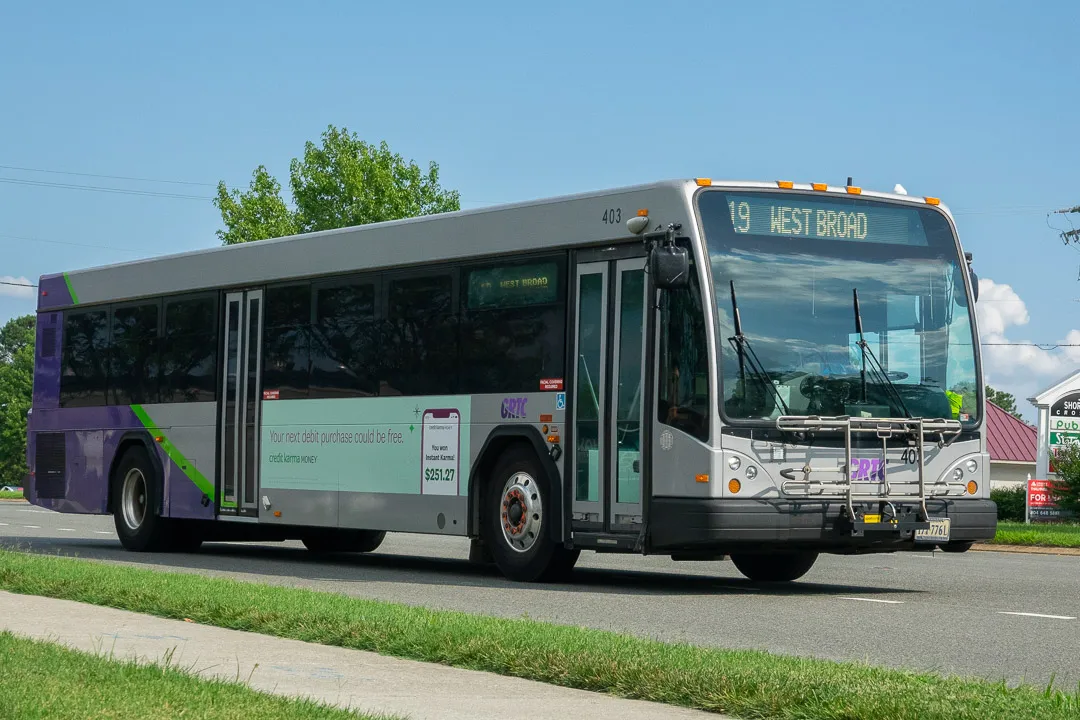Richmond’s zero-fare bus funding could run out soon
A one-time grant and other corporate funds that allowed bus commuters to ride for free will expire this summer

A one-time grant and other corporate funds that allowed bus commuters to ride for free will expire this summer
